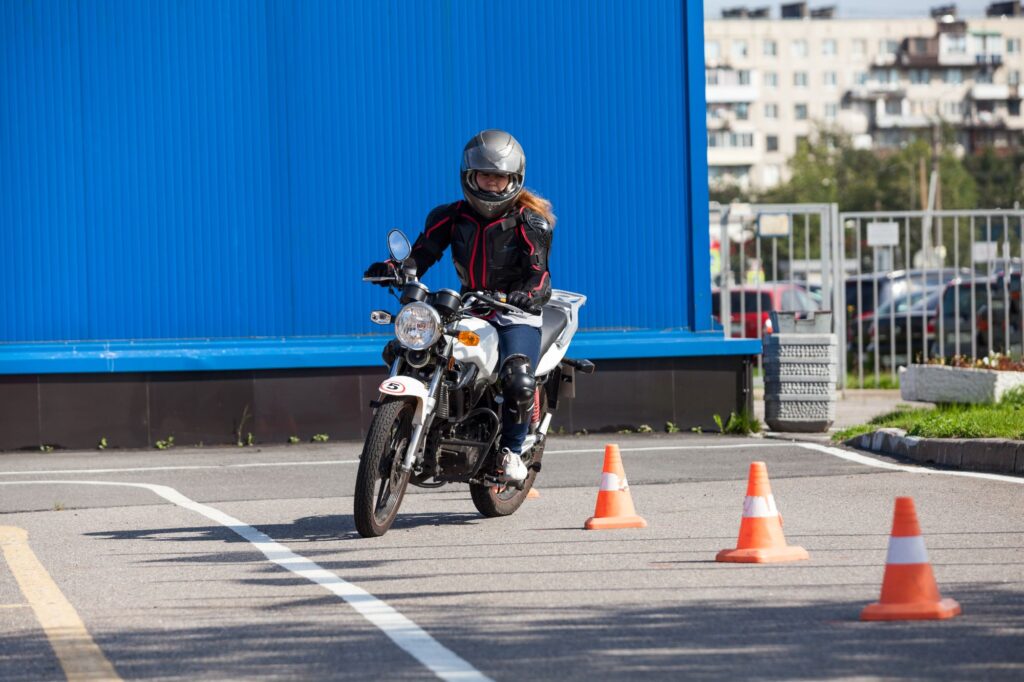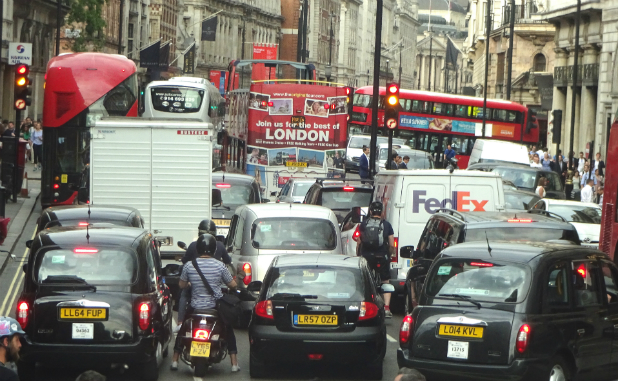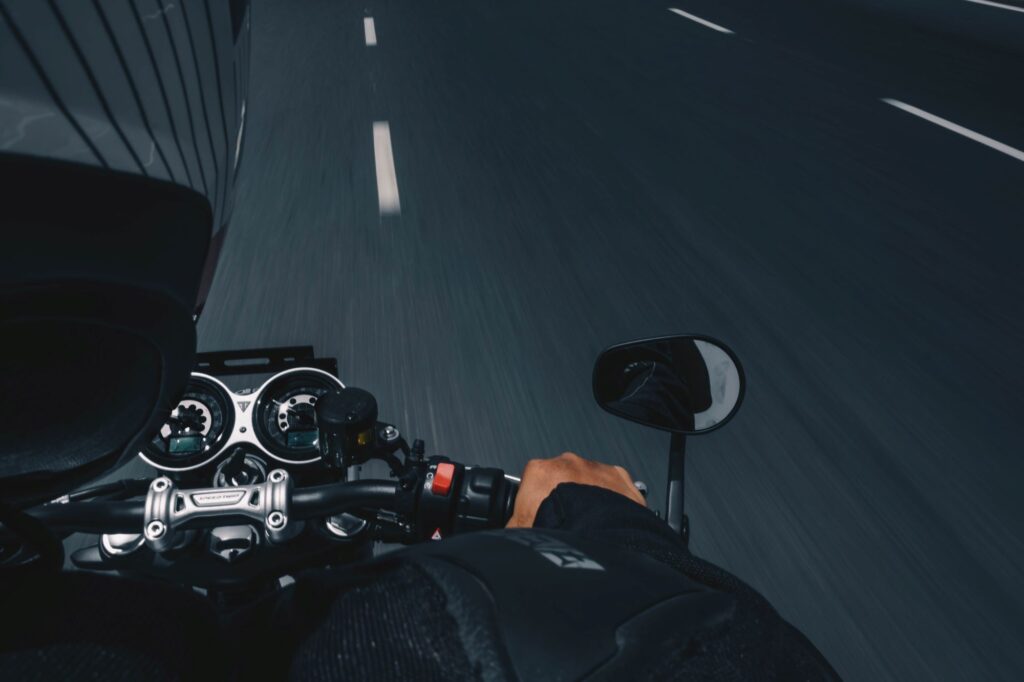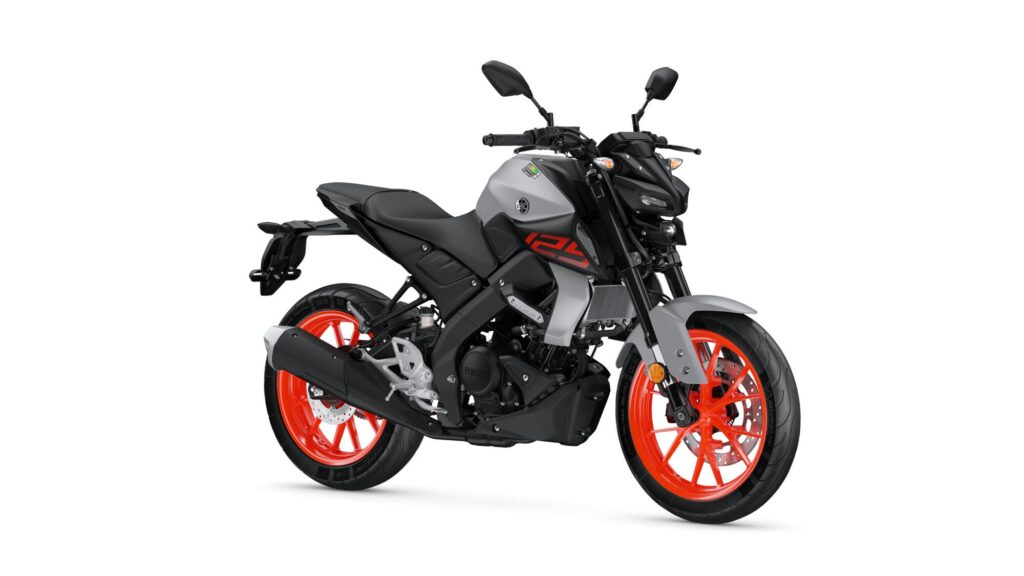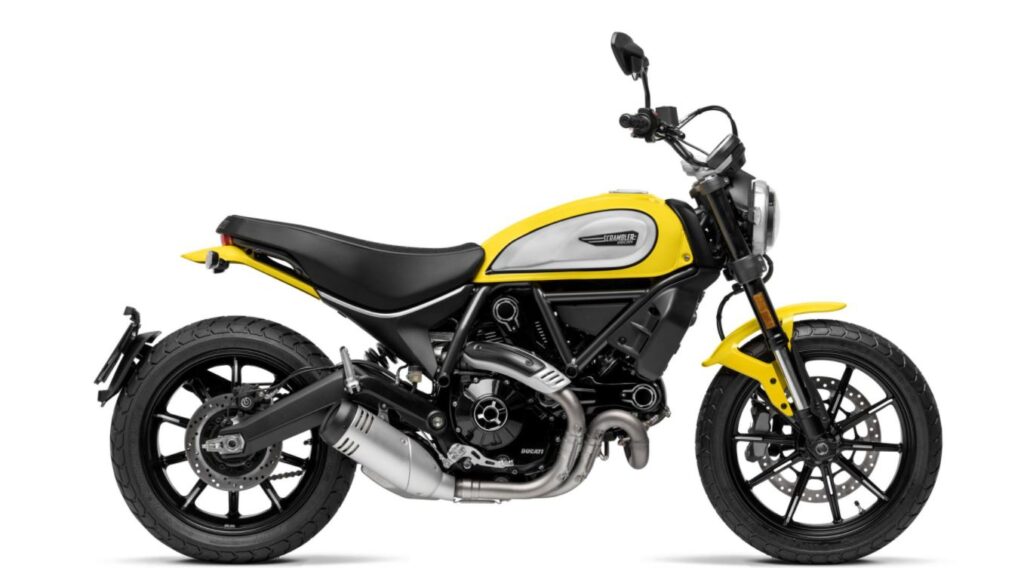
Stuck inside with nothing to do? Perform these DIY motorcycle checks and repairs – who knows, you might learn something new! These tips help ensure that as soon as the lockdown has been lifted, you can enjoy a jubilant motorbike ride safely.
Why learn these DIY motorcycle repairs and checks?
Learning these tips and tricks to keep your motorbike in good condition is paramount to making sure your motorbike stays in good condition even when it isn’t being used. Don’t worry, these shouldn’t be too difficult for you to perform, even if you’re a complete novice.
Learning these simple tricks could help you even after we’re out of isolation. And as an added bonus, you’ll save money by making fewer trips to the mechanic.
Before you begin
Before you get out your toolbox or polish, we advise that you take a look at your motorbike manual. Whilst you might not have touched this for years, it often includes some how-to guides on performing basic DIY motorcycle repairs and checks. As each bike is different, the manual will also include important information on your bike, including technical specifications about the motorbike and an annotated diagram of your motorcycle.
1. Tyres

Your tyres are the only part of the bike that touch the ground, so it’s integral that they are in full working order. The most important checks are to tyre tread depth and air pressure. These tests are best performed while the engine is cold.
You will need:
- Tread gauge
- Tyre gauge
Tyre tread depth test
All bikes over 50cc must have a tyre tread depth of at least 1mm. To test this, simply use your tread gauge to take readings from a few different areas of each tyre.
Do this by placing the gauge over one of the tyre treads. Usually, all you’ll need to do is push the tread gauge into the tyre tread space. This should give you a reading for the tyre tread depth. If the readings are 1mm or below, it’s probably best that you don’t ride your motorcycle until you’ve got the wheel changed by a mechanic.
Air pressure test
Locate the wheel’s valve stem and attach your tyre pressure gauge to it. You should be able to see the air pressure reading on the gauge. Please refer to your motorbike manual to check what its air pressure should be as this will vary from bike to bike. Rinse and repeat this process for the other wheel, being sure to replace the valve knob after each check.
2. Brakes
Testing your brakes regularly should be part of your biking routine, but you should also check your brake pads for wear and tear too. These are located inside the brake caliper. You should be able to see the brake pads without removing the tyre, though you might need a flashlight for better visuals.
Brake pads are ideally around 12mm in thickness when they’re new, but they can wear down almost until they’re practically flush with the brake disk. If this is the case, we would advise that you get these changed before your next ride as it can prevent your bike from braking properly.
3. Headlamps and lights

To perform this test, simply turn on your lights and walk around your motorbike, checking each visually to ensure they’re in full working order. Make sure the headlamps are visible and fitted with the right coloured headlights.
4. Steering and suspension
This is one of the most important DIY motorcycle tests you’ll perform as steering and suspension help ensure you can properly control the bike.
With your front wheel raised off the ground, turn your handlebars from lock to lock. This helps make sure they can move without restriction.
Next, move the front fork up and down. If the fork moves out of place, this could indicate that something is wrong.
To check your front suspension, apply the front brake and pressure to the front of the bike. The suspension should move smoothly and the fork should simply react according to the pressure you apply; they should not bounce or feel stiff. To check the rear suspension, follow the same steps, applying your rear brake and pressure to the back of the bike.
5. Wash your bike
Now’s as good a time as any to give your motorcycle a bit of TLC. This has the added benefit of making sure your bike’s in good condition for your next MOT. With current exemptions on MOTs, now is a great time to ensure your scooter will pass your next MOT with flying colours so you can get back on the road quickly.
Plus, this will help your bike return to its original condition – perfect for rides in the sunshine where dirt is more likely to stand out.
Part of an MOT is to ensure that your registration plates are legible. Whilst this isn’t a DIY motorcycle repair or check per se, giving your bike a good wash can help with that.
You will need:
- Bike cleaning products
- Sponge
- Warm water or a hose
Step one: rinse your bike with warm water
Giving your bike a rinse down before you take to it with a sponge will help get rid of any caked-on dirt or dust.
Step two: spray your bike with bike cleaner
Please note that you should be using a bike cleaner or cleaning product specific to vehicles. Using household products can do more harm than good.
Apply the bike cleaner liberally, spraying in all the nooks and crannies. The next step will vary depending on the product you’re using. The cleaning product should have directions on it. Whilst some bike cleaners simply instruct you to leave the product on the bike for a few minutes and rinse it off, you might want to do a more thorough clean.
Step three: leave the product to soak
Leave your vehicle in a shaded spot while the bike cleaner stands to prevent it from drying out and leaving watermarks.
Step four: use a sponge to wipe your bike down

Using the soft side of the sponge to prevent scratches, work from the top of your bike to the bottom in small sections. If you have a smaller sponge, try to get into the little nooks of your bike too.
Step five: rinse your bike down
Once you’re happy that you’ve got all the gunk off your motorbike, rinse it down with warm water or a hose. If you notice that you’ve missed any bits, now’s a great time to repeat steps two to four until you’re happy.
Step six: dry your motorcycle with clean towels
This is paramount to preventing water spots or marks. Using a clean, dry towel, wipe your motorbike down, making sure you again reach all the little nooks and crannies. Running your engine after this can also help get rid of any water you’ve missed from the exhaust pipe.
Now that your bike is all fresh and clean, you might want to give it a once over to make sure there aren’t any issues with the bike. You’ll be able to see any faults or areas of concern more easily now that your bike is squeaky clean.
6. Motorcycle chain
Your motorcycle chain can become loose over time, so it’s important that you inspect it on a regular basis to ensure it’s in full working condition. The chain should be inspected both with and without pressure (or load).
If you notice that the chain is loose, you can either take it to the garage or do it yourself. There should be instructions on how to do this in your manual, but if not you usually have to loosen the rear axle nut and adjust the nuts on either side of the swingarm to reduce any slack.
If you are doing this yourself, make sure the amount of slack is even on both sides. If you’re unsure of the process, it might be best to err on the side of caution and visit your local garage if need be.
At this stage, lubricating the chain can also help reduce friction and heat building up while you ride. Simply spray the chain with your chain lubricant or wax of choice while turning the rear wheel to cover it completely. Using a cloth, give the chain a wipe afterwards as greasing it will probably dirty up your bike. Once done, give the chain a final spray and it should be good to go!
7. Engine oil
Changing the engine oil on your motorbike regularly helps ensure it runs smoothly. This is a simple process and doing it yourself will save you a few pounds next time you’re at the mechanics.
It’s best practice to do this when your engine is warm, so wait until you’ve ridden around for a while before you attempt this. A 30-minute ride should do the trick, so it might be best to wait until the lockdown has been lifted before you change your bike’s engine oil.
You will need:
- New filter
- Motorcycle-specific oil
- Funnel
- Drain pan
- Rags
- Strap and torque wrenches
Place your motorcycle on its rear stand. Using your manual, locate the oil filter cap and remove it. Next, position the drain pan under the drain plug and oil filter. Unscrew the drain plug with the help of a wrench and let the old engine oil drain out. This process can take up to 60 minutes, so find something else to do in the meantime.
Once drained, use the rags to clean the area around the plug, then screw the drain plug back on and check your manual for the amount of oil you should add to the engine. This will vary from bike to bike. Use a funnel to add the correct level of motorcycle oil to the engine. Once finished, screw the oil filter cap back on.
Have we missed any DIY motorcycle repair tips and tricks out? If so, let us know on Facebook, Instagram or Twitter! At Bikesure, we provide motorheads with specialist insurance cover for a wide range of bikes, from scooters to superbikes. Give us a call on 0330 123 1028 for more information.

